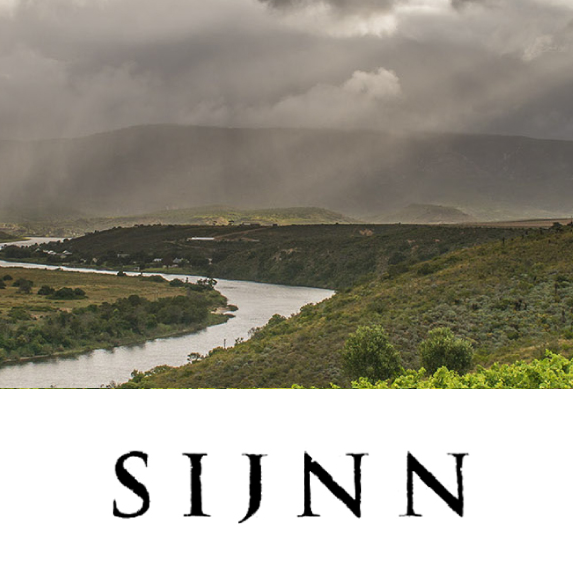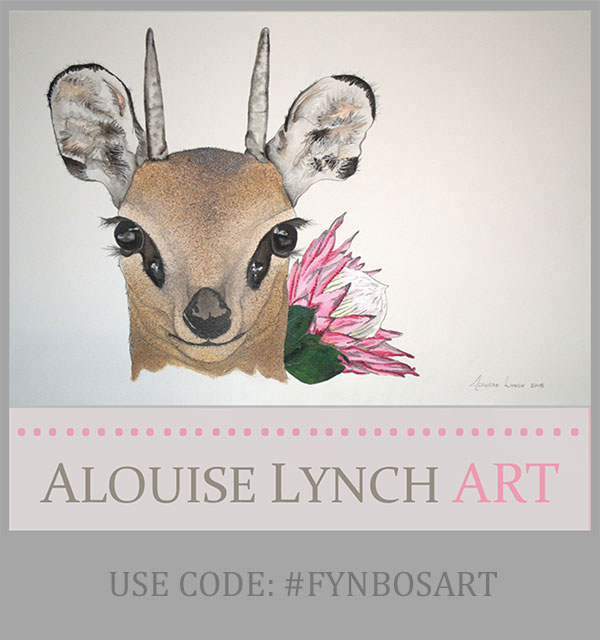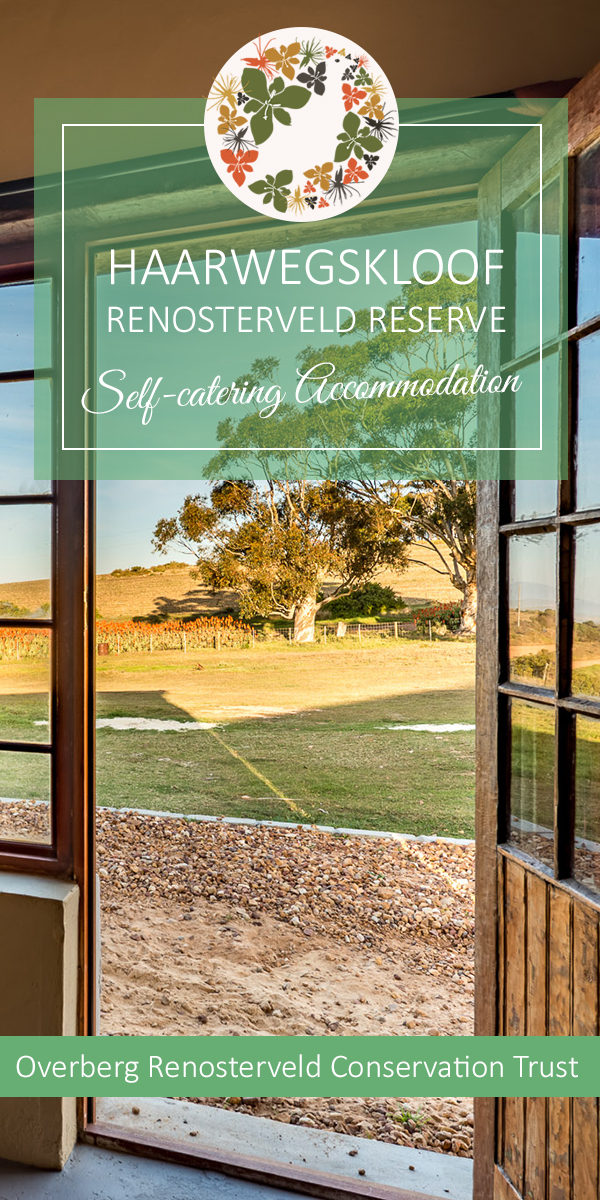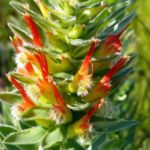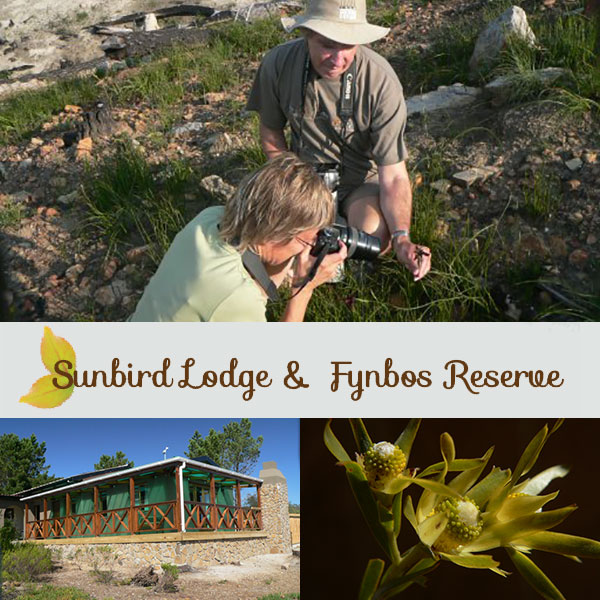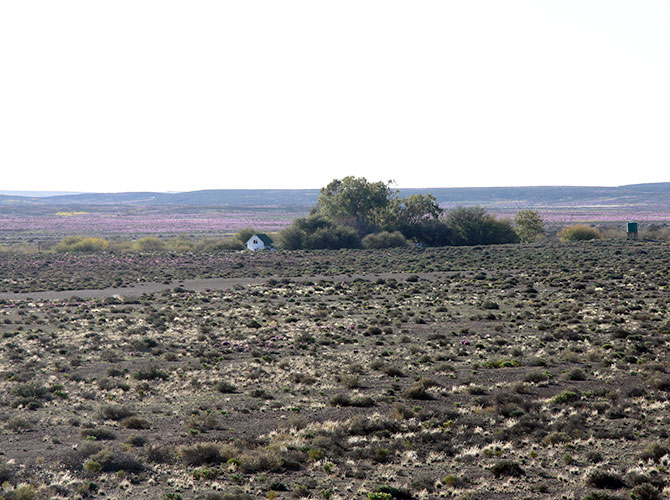
Tandskoonmaak – The place to keep your teeth clean….
Instructions were clear and to the point. “The first rule is not to leave the door open otherwise the mice will come in. The second rule is not to leave the door open otherwise the snakes will follow the mice in”. We’d just arrived at Tandskoonmaak, translated literally from Afrikaans meaning the place to keep your teeth clean. Clean teeth or otherwise, we were feeling as though we’d arrived in a different world, one that was only three hours drive from the bustling city of Cape Town.
Tandskoonmaak is a beautiful farm in the middle of the Tankwa Karoo, one of the driest parts of South Africa receiving on average less than 100 mm of rainfall per year. This is due to the Cederberg Mountains to the west acting as a barrier to the majority of rain-bearing clouds. The region is also known for its aching remoteness and vast distances: the nearest (small) town of Ceres was 80 km away along a gravel road, ready and waiting to shred unsuspecting car tyres.

Above: Asteraceae. Photo © Zoë Chapman Poulsen.
The area is an astronomer’s paradise, with some of the most unpolluted night skies on earth and is home to SALT, the largest single optical telescope in the Southern Hemisphere. The extensive shale and tillite gravel flats are considered part of the Succulent Karoo, which has one of the world’s richest succulent floras and is recognised as a biodiversity hotspot. The Tankwa Karoo is also of considerable interest to palaeontologists, with trilobite fossils commonly found.
We were lucky enough to spend four days in this amazing area through the UCT Biological Society. Shortly before our arrival, the area had received several millimetres of rain and the desert had burst into full bloom. As we drove through to the farm there were carpets of pink vygies as far as the eye could see against the backdrop of the Cederberg Mountains and Roggeveld Escarpment. This was interspersed with patches of yellow from various members of the Asteraceae family. The straight road and the horizon became one into the far distance across the desert flats towards the remote Karoo town of Calvinia more than 300 km away.

Above: Ornithoglossum vulgare. Photo © Zoë Chapman Poulsen.
Life on the farm was basic, with no electricity and certainly no cellphone reception. Icy cold bathing facilities were provided by an old irrigation dam outside the back door, in company with a motley assortment of koi carp. Days were wide open to possibilities of wildlife watching, botanising, fossil hunting, photographing, view gazing and relaxation.
Our first foray from the farmhouse took us to a small shale outcrop where trilobite fossils could be found. There are few things as extraordinary as standing in the middle of the desert gazing upon the remains of a creature that was alive more than 300 million years ago and that lived in a vast inland sea. Cautious turning of rocks revealed a tiny scorpion with small claws and a very large sting, to be given a very wide berth!
On my way back to the farmhouse I took a different route. I wandered back through the farm’s car graveyard. The aridity of the Tankwa Karoo means that metal is incredibly slow to disintegrate, and old cars last for years as they gradually become a part of the landscape in which they sit, developing a rich patina of colour of faded paintwork and rust.

Top: Walking in the veld Above: Crassula. Photo © Zoë Chapman Poulsen.
Trees and shrubs grew around then, trunks and branches extending through windows, bonnets and wheel arches, the glass in the windows long since gone. The farmhouse was a small white speck lost in a vast landscape, noticeable only by the trees that surrounded it.
By then the shadows were lengthening and the evening light cast a soft pink glow. I arrived back in time for what was to become a daily ritual. As the sun started to sink towards the horizon we would climb atop the cab of an ancient Toyota truck, parked many years ago and going nowhere again.
It was the perfect spot for sundowners with the reward of some of the most spectacular sunsets I’ve ever seen against the backdrop of the high sandstone peaks of the Cederberg. The flat top of Tafelberg Peak was particularly distinct, towering nearly 2,000m asl. As darkness fell we gathered at the farmhouse to enjoy a magnificent dinner of flavoursome chicken potjiekos and an evening spent in good company around the fire and stargazing the night skies.

Top:Karoo violet Above: The car ‘graveyard’. Photo © Zoë Chapman Poulsen.
During the day we spent many hours exploring the diverse and exquisite desert vegetation. The rain had brought vast numbers of annuals into growth and flower, leaving carpets of yellow and pink as far as the eye could see. As one walked through the flowers, their pollen would brush off onto my hiking boots, turning them from their usual suede brown to a bright yellow.
Interspersed between the yellow and pink against the dark desert gravel were the small delicate purple flowers of the Karoo violet. These plants have historically been considered to be of great medicinal value and were often used to treat ‘krimpsiekte’ which is a serious illness affecting sheep which when left untreated affects the stomach, joints and muscles, eventually causing death by starvation.
The other gem of fascination from the botanical world I saw for the first time was the hairy and bizarre-looking Gethyllis villosa. This plant is more commonly known as the ‘Kukamakranka’.
This genus is typified by delicate, beautiful, short-lived flowers and spiralling, curly leaves. In the case of Gethyllis villosa the leaves have a soft and furry covering. There is little conclusive evidence of the exact reasoning behind this adaptation, but it is thought to be a drought-related adaptation to reduce water loss from the leaves.

Above: Gethyllis villosa. Photo © Zoë Chapman Poulsen.
It was with great reluctance that we made our way back to Cape Town at the end of our stay. It was with so much reluctance that one of our group came to an unplanned halt a couple of kilometres outside Ceres. The moral of the tale is NEVER to leave Ceres into the Tankwa without filling up with petrol first…
Find me on Instagram
Plant Information
Connect on Social
Connect on Facebook, Twitter and Instagram
Taking Action
There are many environmental organisations based in Cape Town and beyond that require the services of volunteers to undertake their work. So if you have a little time to spare please get involved.

